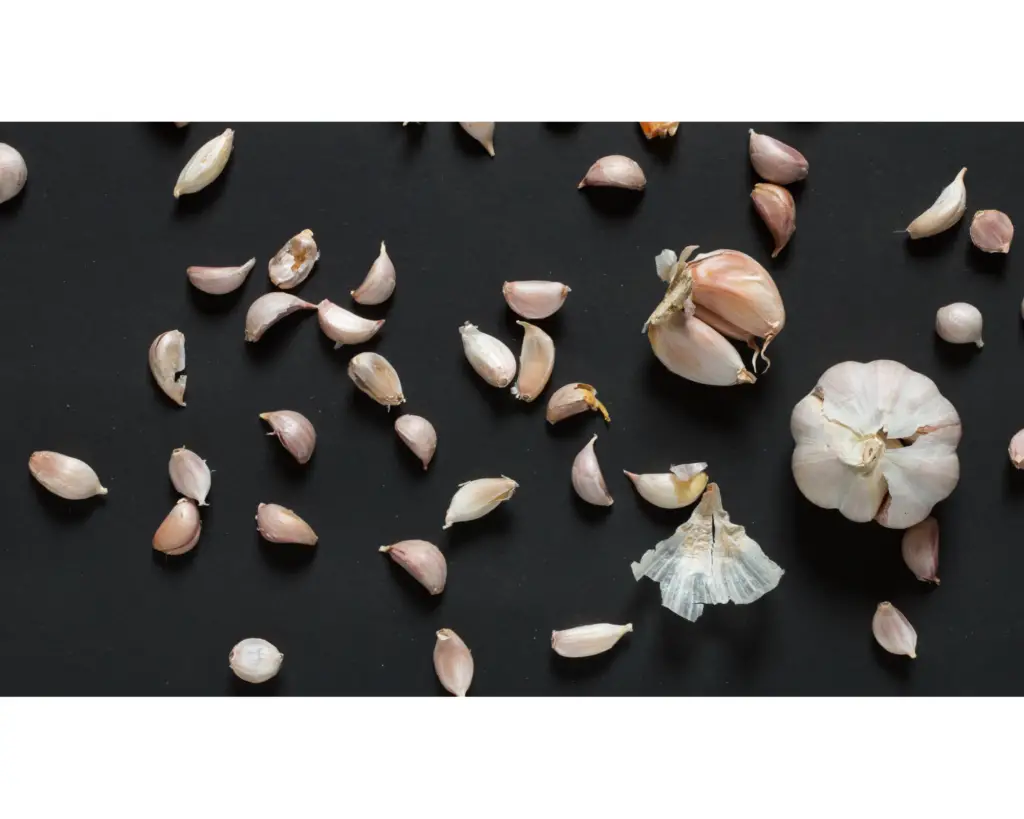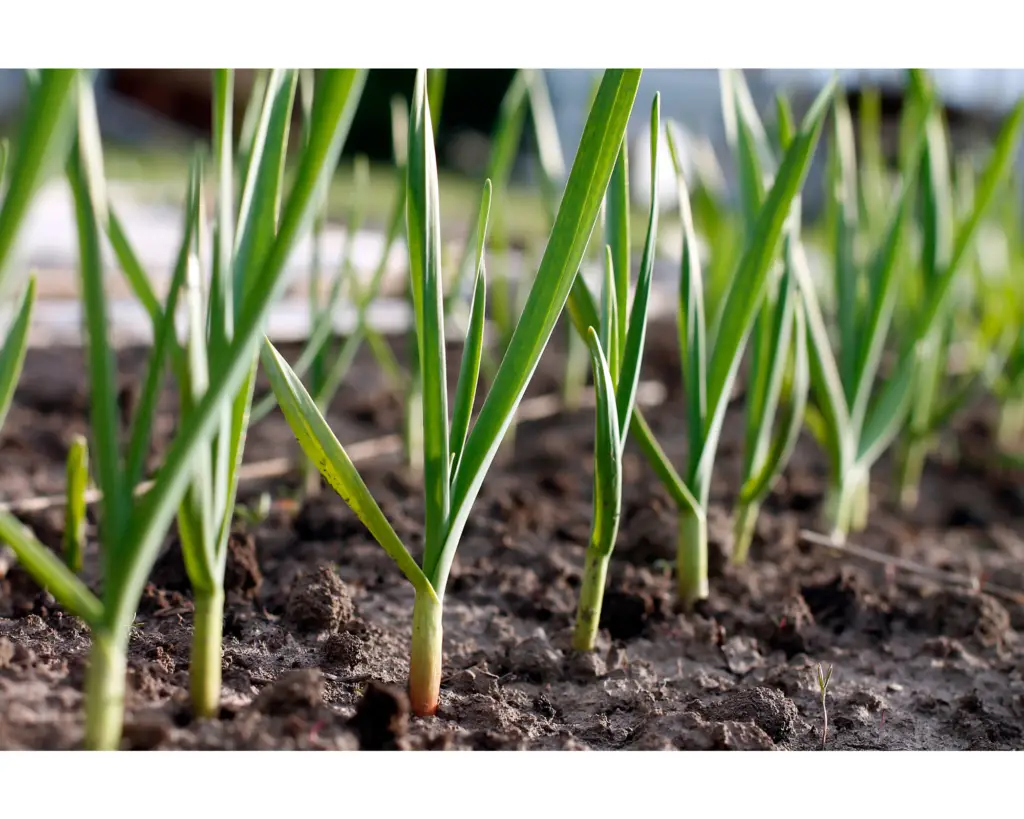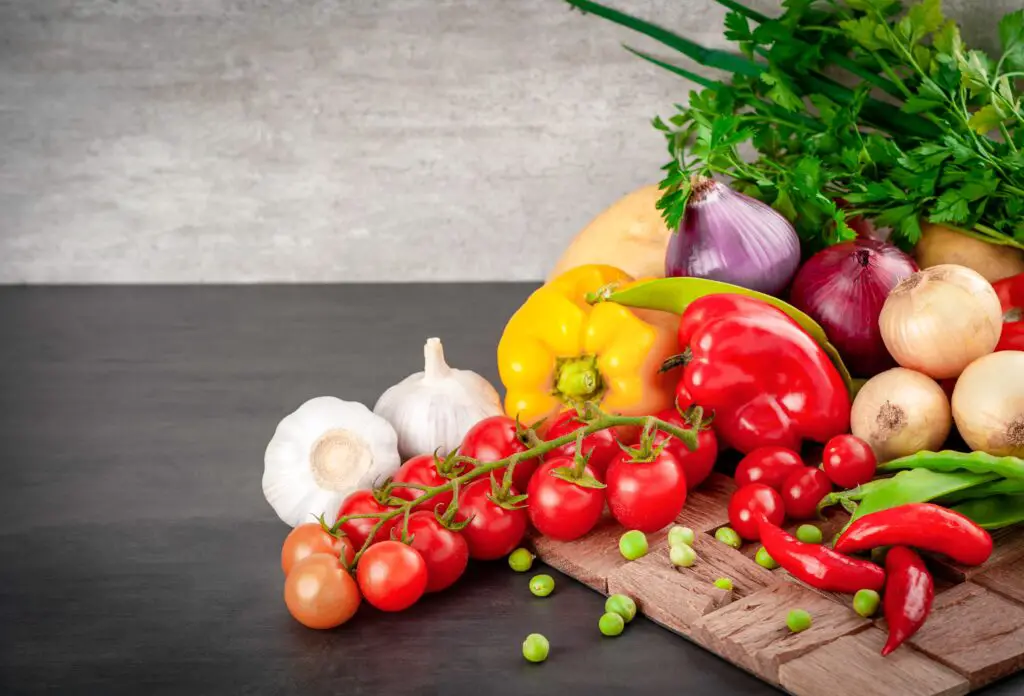Table of Contents
Introduction
Garlic is a versatile and flavourful herb that has been used for culinary and medicinal purposes for centuries. Growing garlic indoors can be a rewarding and convenient way to have a fresh supply of this aromatic herb all year round. Whether you lack outdoor space or simply want to enjoy the experience of indoor gardening, cultivating garlic indoors can be a fun and fulfilling project. In this comprehensive guide, we will explore everything you need to know about growing garlic indoors, from selecting the right garlic variety to harvesting your bountiful crop.
1. Selecting the Right Garlic Variety
There are two main types of garlic: hardneck and softneck. Hardneck garlic produces a central flowering stalk known as a scape and generally has larger cloves with a richer flavour. Softneck garlic does not produce a scape and is often preferred for braiding due to its flexible stems. For indoor cultivation, softneck varieties are generally more suitable because they are more adaptable to indoor growing conditions.
Popular softneck garlic varieties ideal for indoor cultivation include “California Early” and “Inchelium Red.” Make sure to source your garlic bulbs from reputable suppliers or garden centers to ensure quality and disease-free cloves.
2. Preparing the Planting Container
Selecting the right container is crucial for growing garlic indoors. Choose a pot that is at least 8-10 inches (20-25 centimetres) deep to accommodate the garlic’s root system. A wide container is preferred to allow for multiple cloves to be planted in a single pot. Ensure that the container has drainage holes to prevent waterlogged soil, which can lead to root rot.
Fill the container with a well-draining potting mix rich in organic matter. You can create a mix by combining equal parts of compost, perlite, and vermiculite. Avoid using garden soil, as it may contain pests and diseases.
3. Planting Garlic Cloves
Break the garlic bulb into individual cloves just before planting, ensuring each clove has a firm and intact wrapper. Avoid removing the wrapper, as it protects the clove during the initial stages of growth.
Plant each clove about 2 inches (5 centimetres) deep, with the pointed end facing upward. Space the cloves about 4-6 inches (10-15 centimetres) apart to provide enough room for growth. Water the soil thoroughly after planting to settle it around the cloves.
4. Providing Adequate Light
Garlic requires ample sunlight to grow and thrive. Place the container in a location that receives at least 6-8 hours of direct sunlight daily. If natural light is insufficient, you can supplement it with a grow light specifically designed for indoor gardening. Position the grow light about 6-12 inches (15-30 centimetres) above the plants and adjust the height as the garlic grows taller.
5. Maintaining Optimal Temperature and Humidity
Garlic grows best in cool temperatures ranging from 55°F to 77°F (13°C to 25°C). Maintaining consistent temperatures within this range will encourage healthy growth. Avoid exposing the plants to extreme heat or cold, as it can hinder growth.
To ensure adequate humidity, you can mist the plants occasionally or place a tray filled with water near the container. However, be cautious not to overwater the plants, as garlic prefers slightly dry conditions.
6. Watering the Garlic
Consistent and appropriate watering is essential for successful garlic growth. Water the plants when the top inch of the soil feels dry to the touch. Be mindful not to let the soil become waterlogged, as this can lead to root rot. During the colder months or when the garlic is in its dormant phase, reduce watering to prevent excessive moisture.
7. Fertilising the Garlic
To support healthy growth, feed your garlic plants with a balanced liquid fertiliser every two weeks during the growing season. Choose a fertiliser with equal proportions of nitrogen, phosphorus, and potassium (NPK). Dilute the fertiliser to half the recommended strength to avoid over-fertilisation, which can damage the plants.
8. Managing Pests and Diseases
Indoor garlic cultivation usually reduces the risk of pests and diseases. However, some common issues may still arise, such as aphids or white rot. If necessary, use natural remedies like neem oil or insecticidal soap for pest control. For diseases, ensure proper ventilation and avoid overwatering to prevent issues like fungal infections.
9. Harvesting Garlic
Garlic is usually ready for harvesting when the lower leaves start to turn yellow or brown. Depending on the variety, this can take around 8-10 months from planting.
To harvest, gently dig up the bulbs with a garden fork, taking care not to damage them. After lifting the bulbs, brush off excess soil, but do not wash them. Allow the garlic to dry in a well-ventilated, shady area for about two weeks. Once the garlic bulbs are thoroughly dried, trim the roots and store them in a cool, dry place. Properly cured garlic can last for several months.
Conclusion
Growing garlic indoors is an enjoyable and rewarding experience that allows you to have a fresh supply of this flavorful herb year-round. By selecting the right garlic variety, providing adequate light, maintaining optimal temperature and humidity, and following proper watering and fertilisation practices, you can ensure a successful indoor garlic garden. From planting to harvesting, this guide has covered everything you need to know to become a successful indoor garlic gardener. Embrace the joy of indoor gardening and enjoy the delicious rewards of homegrown garlic in your favorite culinary creations. Happy gardening!





How Much Sun Does Garlic Need - Back Gardener
Thursday 16th of May 2024
[…] of light per day, with an intensity of around 40-50 watts per square foot. LED grow lights are a popular choice for indoor garlic growing, as they provide a high intensity of light while using minimal […]